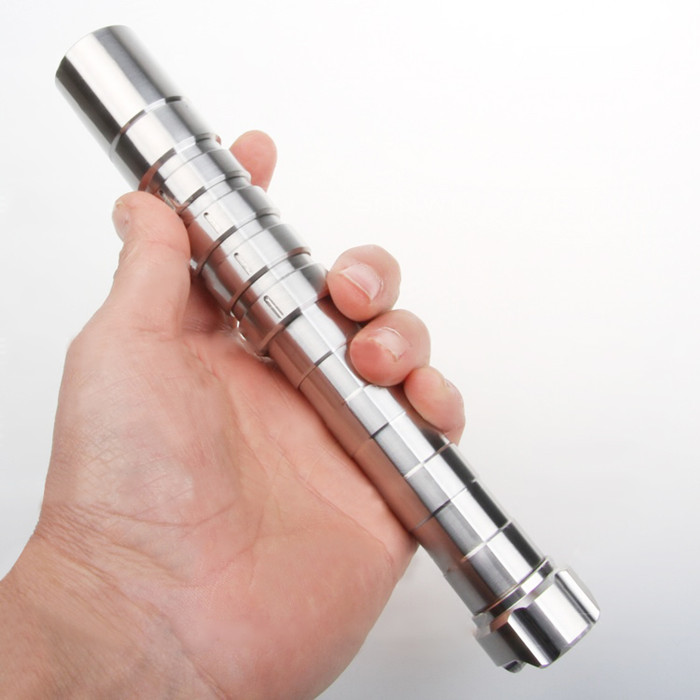The laser pointer radar technology and application conference held in Baltimore, Maryland, USA. The topics of the conference include: single photon sensing systems, space applications, data processing and calculations, advanced component technologies and systems, 3D imaging and ranging, and spectral applications. The abstract of the selected SPIE 9832 article abstract is as follows.
This article will discuss multiple non-scanning lidar camera solutions and compare sensitivity by calculating the energy required for a certain area under specific conditions. The author defines two basic scenes. Under each scene, the three-dimensional imaging of the unobstructed ground is observed separately. The 3D imaging with 64 gray levels or 6-bit gray levels, each detector element has 3 echo pulses from different ranges 3D imaging and 3D imaging with gray scale and multiple echoes per detector.
The Geiger mode avalanche photodiodes, linear mode avalanche photodiodes, and low-bandwidth cameras that are traditionally used for 2D imaging but combined with a fast polarization rotation stage can be used for 3D imaging are compared. Using single-photon-sensitive array detectors to process data obtained from high-altitude, airborne lidar instruments has some challenges: array detectors produce a large amount of data; single-photon-sensitive detectors produce high-level noise; high-altitude operations are difficult to achieve precise geographic Positioning. To meet these challenges, the author developed a unique and highly automated processing link for high-altitude, single-photon, airborne radar surveying and mapping instruments.
The processing link includes algorithms for coincidence processing, noise reduction, self-calibration, data splicing, and geolocation accuracy enhancement. Like all single-photon sensitive systems, the background photon noise level is high. A key step in the processing link is a fast and accurate algorithm for density estimation to separate the lidar signal from the background photon noise, thereby allowing the use of wide-range gates and enabling the system to operate during the day. Additional filtering algorithms are used to remove or reduce other noises in the system and detectors. The optimization algorithm using the conical scanning method of the instrument is used to improve the geolocation and self-calibration system.
Lidar has become an essential technology to provide accurate 3D data quickly and reliably, even in poor measurement situations and harsh environments. It can provide a highly accurate point cloud, and each point has a considerable number of additional valuable attributes. The lidar system based on the Geiger model avalanche photodiode array, also known as the single-photon avalanche photodiode array, was used in military applications in the early days. Now it hopes to enter the commercial market of 3D data collection. Compared with traditional technology, the advertisement display is longer. The distance has a higher point collection speed.
The publication points out the advantages of these new systems over another type of lidar category “Linear Lidar” because the primary receiver element (avalanche photodiode) used to detect green laser pointer echo pulses runs in linear mode, so it is called Linear lidar. The author analyzed the differences between the two lidar technologies and the basic differences in the data provided by each. The limitations imposed by physics on these two LIDAR schemes are also discussed, and the advantages of linear lidar over photon counting methods are discussed.
